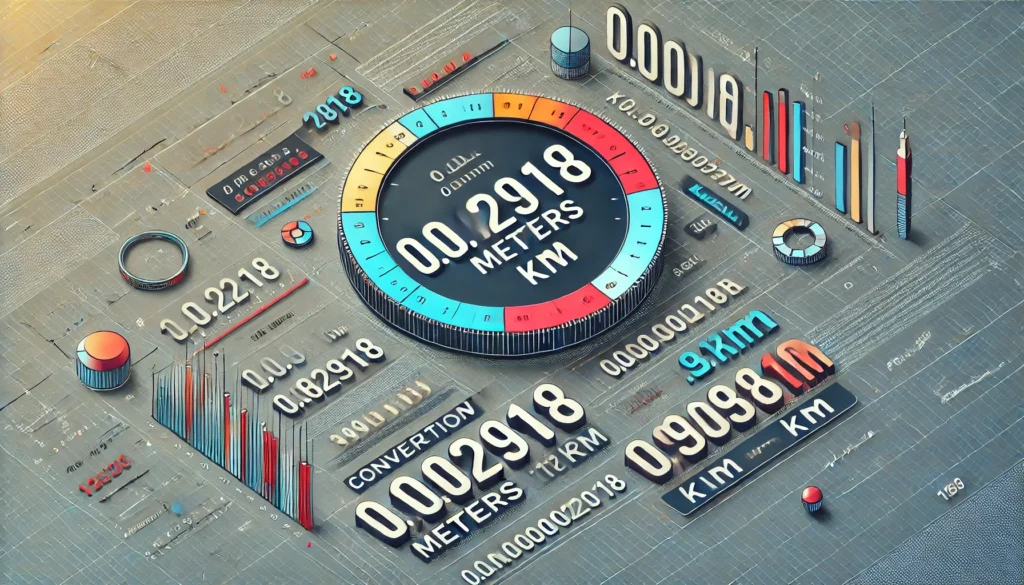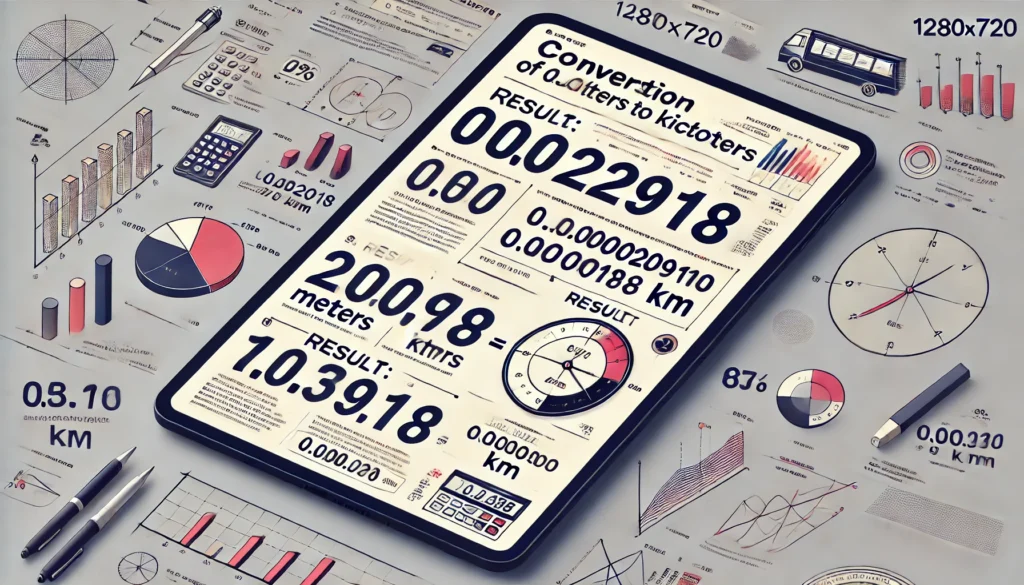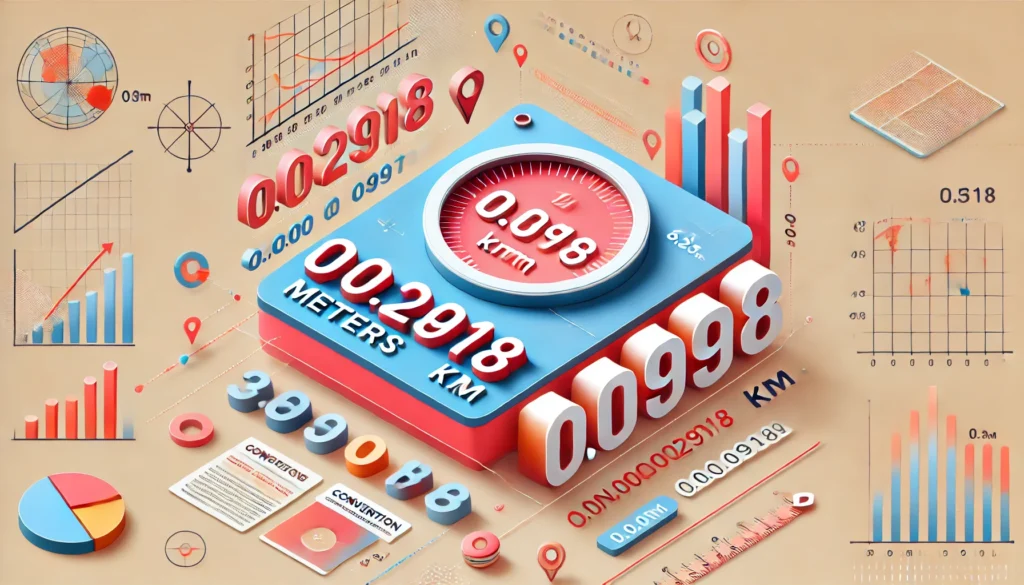If you’ve stumbled on “0.0020918tm to km,” you might be wondering, “What’s this about? Why does it matter?”
The keyword might sound niche, but it’s about something relatable: distance conversion.
Whether you’re navigating a map or making sense of technical measurements, converting tm (terameters) to km (kilometers) is simpler than it looks.
And don’t worry, you won’t need a math degree to figure it out.
Let’s break it down so it’s clear and useful.
How Big is a Terameter ™ Compared to a Kilometer (km)?
Think of a terameter as a really, really big unit.
It’s one trillion meters.
Yep, that’s 1,000,000,000,000 meters.
Meanwhile, 0.0020918tm to km is just 1,000 meters.
To make it simpler, 1 tm = 1,000,000,000 km.
So when we talk about 0.0020918 tm, we’re dealing with a fraction of that colossal number.
Quick Math: Converting 0.0020918tm to km
Here’s the formula:
1 tm = 0.0020918tm to km.
To convert terameters to kilometers, just multiply by 1 billion.
- 0.0020918 tm × 1,000,000,000 = 2,091,800 km.
So, 0.0020918 tm equals 2,091,800 kilometers.
Now that’s a distance you can wrap your head around.

Where Would You Encounter Such Big Numbers?
You might think, “When would I ever deal with terameters?”
Here’s where it comes up:
- Astronomy: Measuring distances in space. A terameter might describe how far away a planet or star is.
- Geology: Understanding vast scales, like tectonic plate movement over millions of years.
- High-tech calculations: Advanced engineering or physics problems.
If you’re someone who geeks out over space or science, you’ve probably seen these units before.
Real-Life Examples for Better Context
Let’s put 0.0020918tm to km into perspective:
- Earth’s Diameter: The Earth’s diameter is about 12,742 km. That means 0.0020918 tm is roughly 164 Earth diameters placed end to end.
- Moon Distance: The Moon is around 384,400 km away from Earth. So, 2,091,800 km is like traveling to the Moon and back 5 times.
These examples give some life to those big numbers.
How to Remember the Conversion Formula
Don’t stress about memorizing long equations.
Here’s a cheat sheet:
- Always multiply tm by 1,000,000,000 to get km.
- Reverse it? Divide km by 1,000,000,000 to get tm.
Write it down if needed. Or save it in your phone’s notes app for quick access.
FAQs About “0.0020918tm to km”
Q: Why do scientists use terameters?
A: When dealing with gigantic distances, like those in space, smaller units like kilometers become impractical. Terameters help simplify things.
Q: Is 0.0020918 tm a common measurement?
A: Not in everyday life. But in fields like astronomy or physics, such fractional measurements are quite normal.
Q: Can I use online tools for this conversion?
A: Absolutely. Tools like Google or unit converter websites handle these calculations instantly.
Q: What’s the difference between tm and km in practical terms?
A: It’s scale. Terameters are for interstellar distances, while kilometers work for Earth-sized distances.
Fun Facts to Make This Stick
- If you drove 2,091,800 km, it’d take about 3 years (non-stop) at highway speeds.
- Light travels about 300,000 km per second, meaning it would take roughly 7 seconds to cover 2,091,800 km.
These tidbits turn dry numbers into something memorable.

Wrapping It Up
So, what’s the takeaway?
0.0020918 tm equals 2,091,800 km, a huge but understandable distance when broken down.
Whether you’re diving into space research, working on a big project, or just love cool trivia, understanding this conversion opens up a new appreciation for large-scale measurements.
From science to everyday curiosity, knowing how to handle terameters and kilometers makes you a little savvier.



